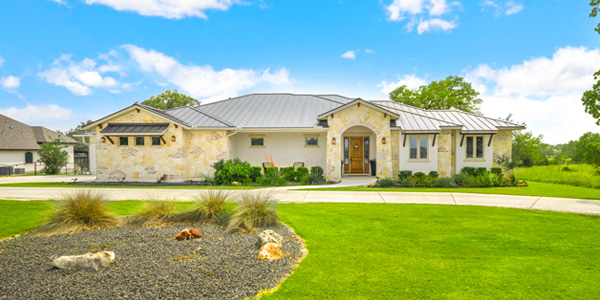At the urging of your adult children (neither of whom lives in this state), you paid quite a number to check out senior living communities in and around the city. As a very socially active widow, it quickly became plain to you that you treasure your independent lifestyle and would not be happy in a community living environment. Having made the decision to “age in place” (you’ve been reading the AARP publications on the subject), you realized that your present “place”, while fully paid for and in good repair (not to mention holding many precious memories), is simply too large a property to contemplate maintaining in your later years. As you move into our mid-seventies, you envision living in a one-story home. One aspect of your prior planning is quite reassuring is that, years ago, you purchased a Long-Term Care policy that can be used to fund healthcare at home.
As you’ve come to realize, “aging in place” need not mean remaining in the “place” you now own, but could describe independent living in a smaller, less-maintenance-demanding home. While you have sufficient cash reserves to make a substantial down payment on a new home even before you’ve sold this one, you don’t want to continue maintaining two homes at once.
One way to ease the transition from a financial point of view is to apply for a HECM (Home Equity Conversion Mortgage) on your existing home, using the loan proceeds to finance the balance of the purchase price of your new “place”. When your existing home sells, the reverse mortgage loan will be repaid out of the proceeds. The HECM for Purchase does a sort of “double duty”, allowing you to buy the new home before you’ve sold the old, bypassing the need for you to pay two sets of closing costs.
As a socially active senior who, at the same time, treasures her privacy and independence, aging in place – but not in your old “place” could prove the best of both worlds!
https://mutualreverse.com/david-garrison/
Readers, if you’d like to see what you might qualify for with a reverse mortgage in Indiana, or to download your Reverse Mortgage Guide Click Here(and scroll down).
Borrower must occupy home as primary residence and remain current on property taxes, homeowner’s insurance, the costs of home maintenance, and any HOA fees.

